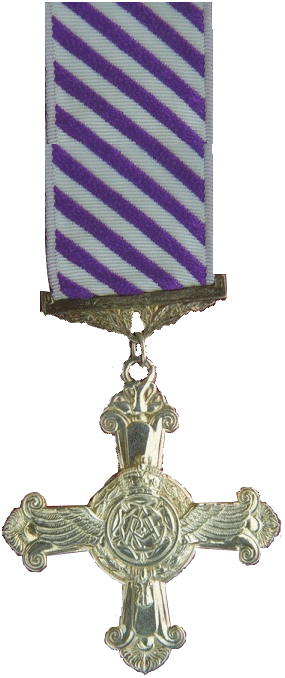Finch, George Herbert
Killed in Flying Accident 1945-03-17
Service
RCAF
Unit
75 OTU- Operational Training Unit (RAF)
Base
RAF Gianaclis
Rank
Squadron Leader
Position
Squadron Leader
Service Numbers
J/11101
Prev: R/110354
Home
 Birtle, Manitoba
Birtle, Manitoba
First Burial
 Alamein War Memorial, Egypt
Alamein War Memorial, Egypt
Martin Baltimore

USAAF - Official U.S. Air Force photo 051122-F-1234P-023
The Martin 187 Baltimore was a twin-engined light attack bomber built by the Glenn L. Martin Company in the United States as the A-30. The model was originally ordered by the French in May 1940 as a follow-up to the earlier Martin Maryland, then in service in France. With the fall of France, the production series was diverted to Great Britain and after mid-1941, supplied by the U.S. as Lend Lease equipment.
Development of the Baltimore was hindered by a series of problems, although the type eventually became a versatile combat aircraft. Produced in large numbers, the Baltimore was not used operationally by United States armed forces but eventually served with the British, Canadian, Australian, South African, Hellenic and the Italian air forces. it was subsequently used almost exclusively in the Mediterranean and Middle East theatre of World War II.Wikipedia



 Canadian Virtual War Memorial
Canadian Virtual War Memorial Wikipedia Martin Baltimore Bomber
Wikipedia Martin Baltimore Bomber Harold A Skaarup Web Page
Harold A Skaarup Web Page Martin Baltimore Bomber
Martin Baltimore Bomber